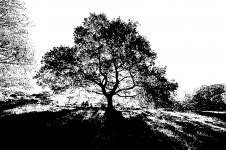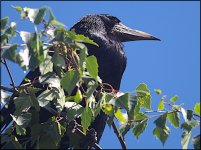- Messages
- 9,242
- Edit My Images
- No
It works for me but, of course, your mileage may vary.They look all metal as well. Is the 17mm any good. Wide lenses for Nikon F can be a bit of a miss.
All the Tamron AD2 - SP lenses were highly regarded when they were released and most still stack up well against later primes, for general use. Plus, with the right AD2 mount, they'll provide full automation with almost any focal plane SLR from the 1960s onwards. (I think the exception are the Zeiss bayonet mounts for the Contarex and Icarex ranges.)
The 17mm handles backlight reasonably as well...





